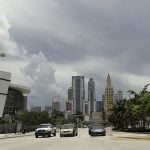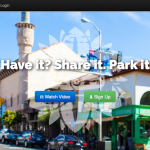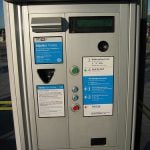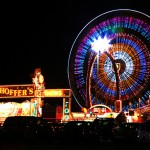One Way Signs – Making Movement Easy
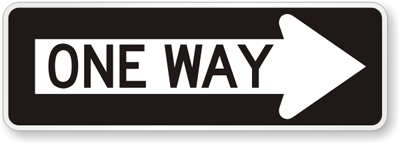 One Way Signs are a common sight to see at busy intersections. One Way Signs are also often the reason we grumble and complain when we see the sign blocking an easy way out to our destination.
One Way Signs are a common sight to see at busy intersections. One Way Signs are also often the reason we grumble and complain when we see the sign blocking an easy way out to our destination.
As much as we’d like to hate One Way Street Signs, these save us from the daily chaos that may surround us and prevent us to move anywhere safely, with ease and on time.
What are One Way Signs?
One way signs or One Way Street Signs are installed to direct vehicular traffic to move in one direction and aid only one-way traffic, thus restricting traffic from any side, other than specified to enter a street.
Reasons for installing One Way Signs or making a street unidirectional-
A One Way Sign is installed in the following conditions-
- The street is not wide enough to allow movement of vehicular traffic in both directions.
- To put a stop to drivers rat running or cutting through residential streets to avoid traffic.
- It is installed at a divided highway.
- To ease traffic in cases where the street is historic.
- To block turns that allow crossing in front of oncoming traffic.
- To decrease traffic congestion and ease traffic flow.
MUTCD guidelines for installation of One Way Signs-
Section 2B.37 One Way Signs (R6-1, R6-2) states that-
- A One Way Sign is required to be installed to specify streets or roadways where only unidirectional traffic is allowed to move.
- A One Way Sign should be placed where divided highways are parted at intersection by median width of 9 m (30 ft) or more. These One Way Signs should be clearly visible to each crossroad approach and installed on the far left and near right corners of each intersection with directional roadways.
- One Way Signs, at unsignalized intersections, should be placed on the far left and near right corners of the intersections. These signs should face traffic that is crossing or entering a one way street.
- One Way Signs, at signalized intersections, should be placed either on the traffic signal poles, near the appropriate signal faces, on the span or mast arm holding the signals or at locations designated for unsignalized intersections.
Besides installing a One Way Sign at appropriate streets and roadway, it is also important that the sign used to eliminate two-way traffic is of the finest quality. Imagine a bended, smudged, faded One Way Street Sign placed on a busy intersection. Such a sign would not only fail to reinforce compliance but may also pave way for collisions on busy intersections. 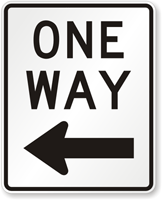
A good quality One Way Sign should be made of a thick gauge material, preferably aluminum which is rust proof and durable. A One Way Sign should also withstand weather abuse and have a good outdoor life. Besides this, it is always better to install MUTCD compliant One Ways Signs.
Related Posts
Category: Regulations














